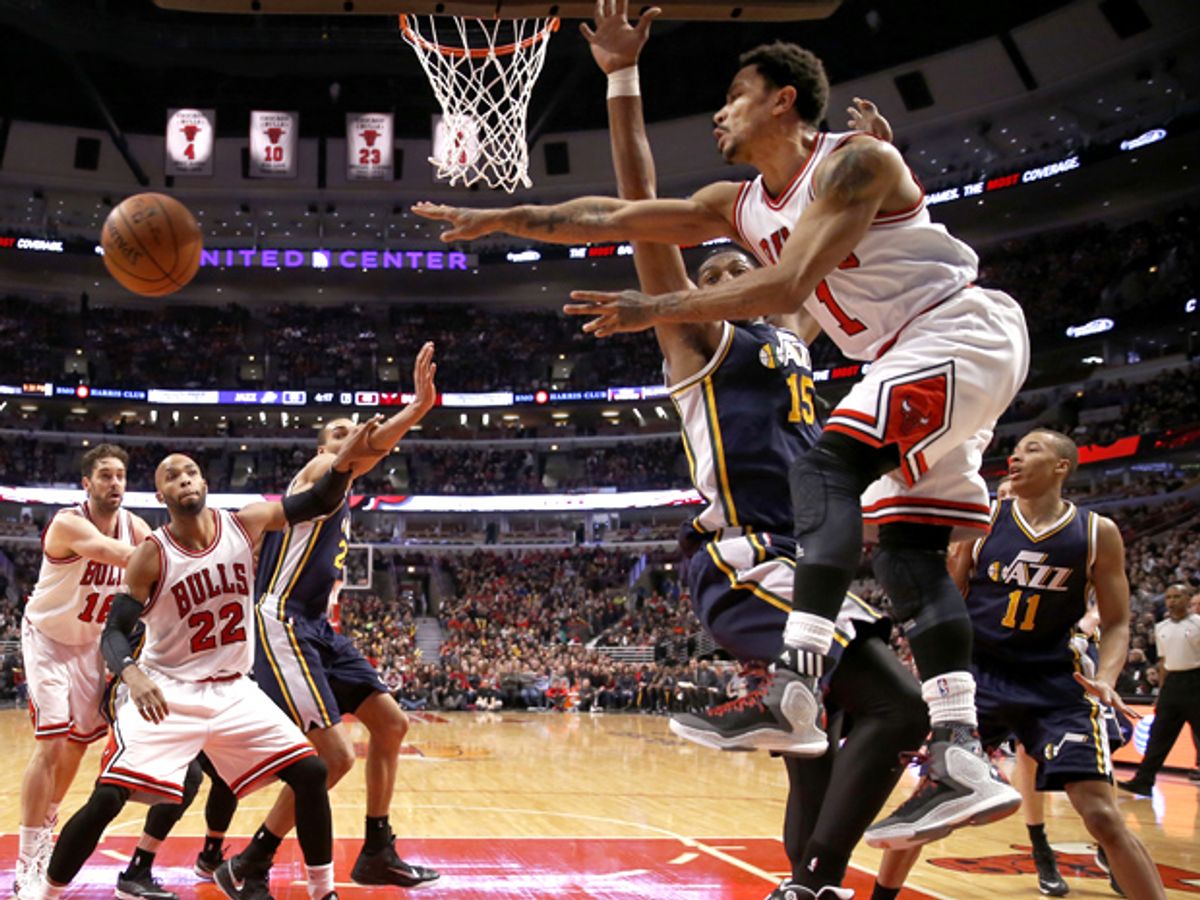We’re getting used to the idea of robots taking our jobs in fields like manufacturing, but should a courtside cameraman for the NBA be worried? Until recently, that seemed like a safe gig to stay in human hands. But last weekened, Disney Research scientists reported that they’ve made strides in teaching automated cameras to track the action of a basketball game the same way a human camera operator does.
While AI-operated cameras are not exactly groundbreaking, there’s a lot of room for improvement in the systems. That’s especially the case when it comes to fast-paced events like basketball games. Training a robotic camera to simply follow the ball results in jerky camera motions that can make a game hard to watch. That’s a concern for Disney, which owns ESPN and has a vested interest in presenting live sporting events at their finest.
At Disney Research, engineer Peter Carr and PhD student Jianhui Chen aimed to teach robotic cameras how to follow the game more like professional camera operators by anticipating where the ball is going to be rather than trying to keep an eye on where it is.
"We don't use any direct information about the ball's location because tracking the ball with a single camera is difficult," Carr said in a statement. "But players are coached to be in the right place at the right time, so their formations usually give strong clues about the ball's location."
Carr and Chen’s system breaks the basketball court down into quadrants, and tracks the motion in those quadrants to create a map of where players are. That map provides the data an automated camera needs to predict where those players will be next, letting the camera setup shots of the action on the court instead of trying to react to it.
The algorithm can’t appreciate the grace of a pull-up jumper or the teamwork that goes into a well-executed pick and roll—yet. It is getting better at identifying what’s likely to happen next in a game, though. In a test conducted at a high school basketball game, though, stationary robotic camera closely aped the pans, tilts and zooms of a human operator filming the same game. Carr and Chen presented their first findings over the weekend at the IEEE Winter Conference on Applications of Computer Vision, and you can take a look at the results here.
The algorithm has only been tested on basketball so far, but Carr and Chen hope that it can be adapted to other sports as it is developed further. So someday soon, computers may not just be better at playing games like poker and beer pong than we are. They may even be better at watching them.



